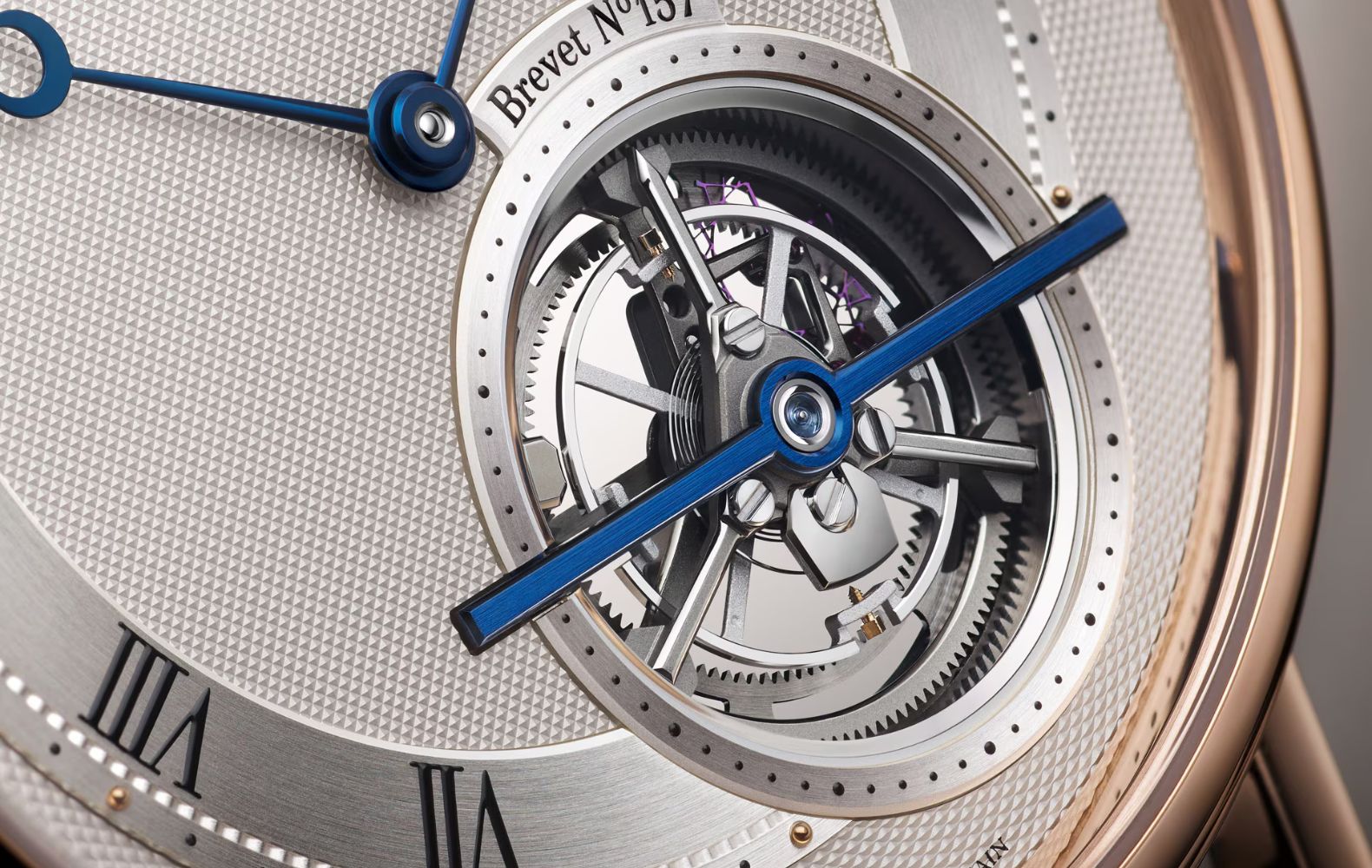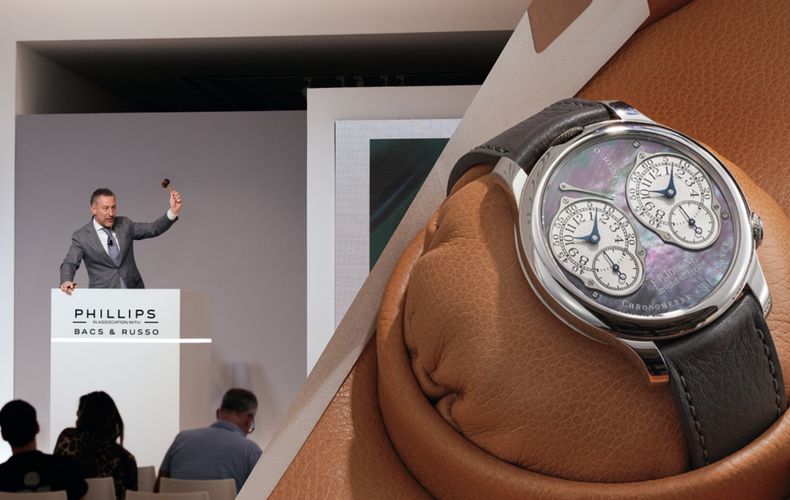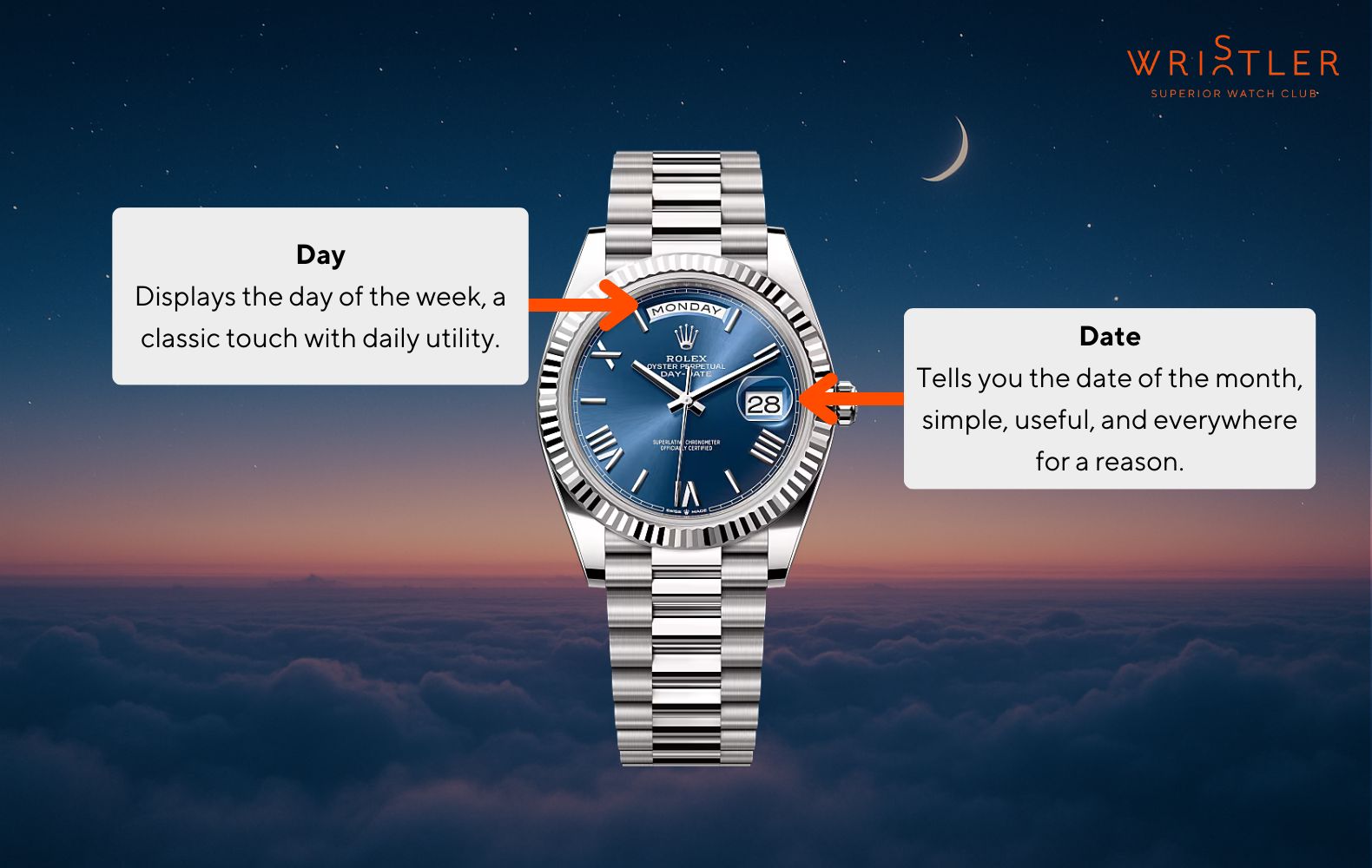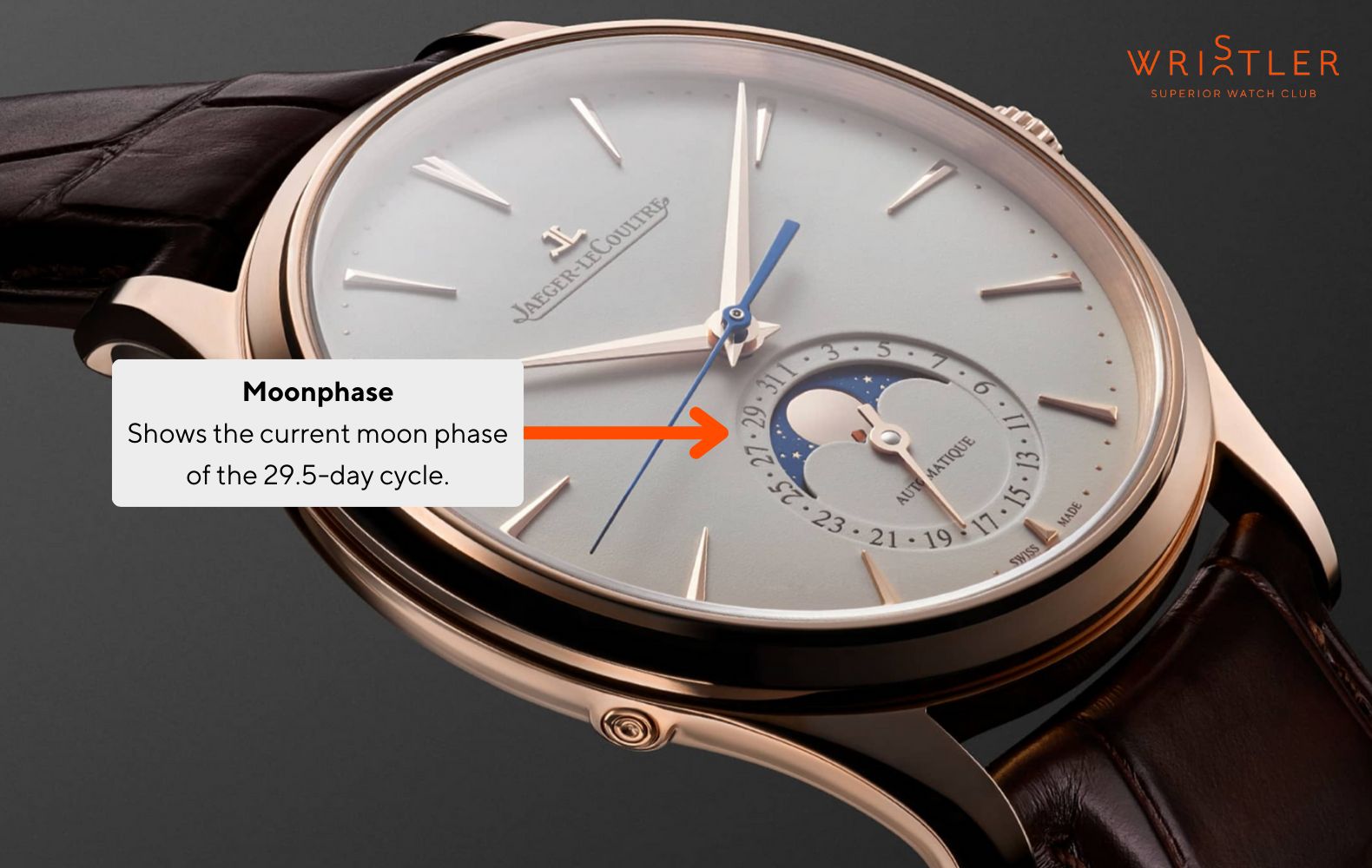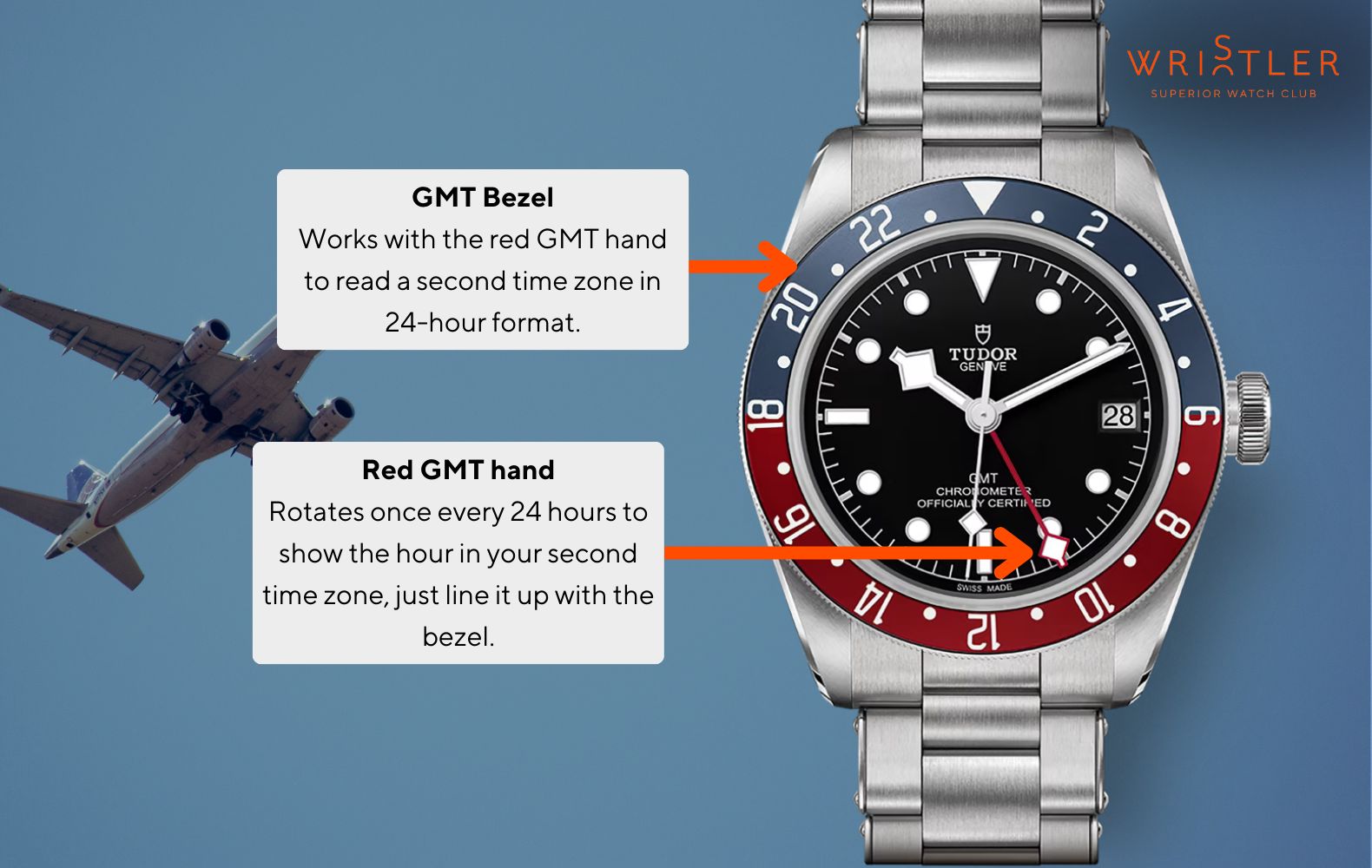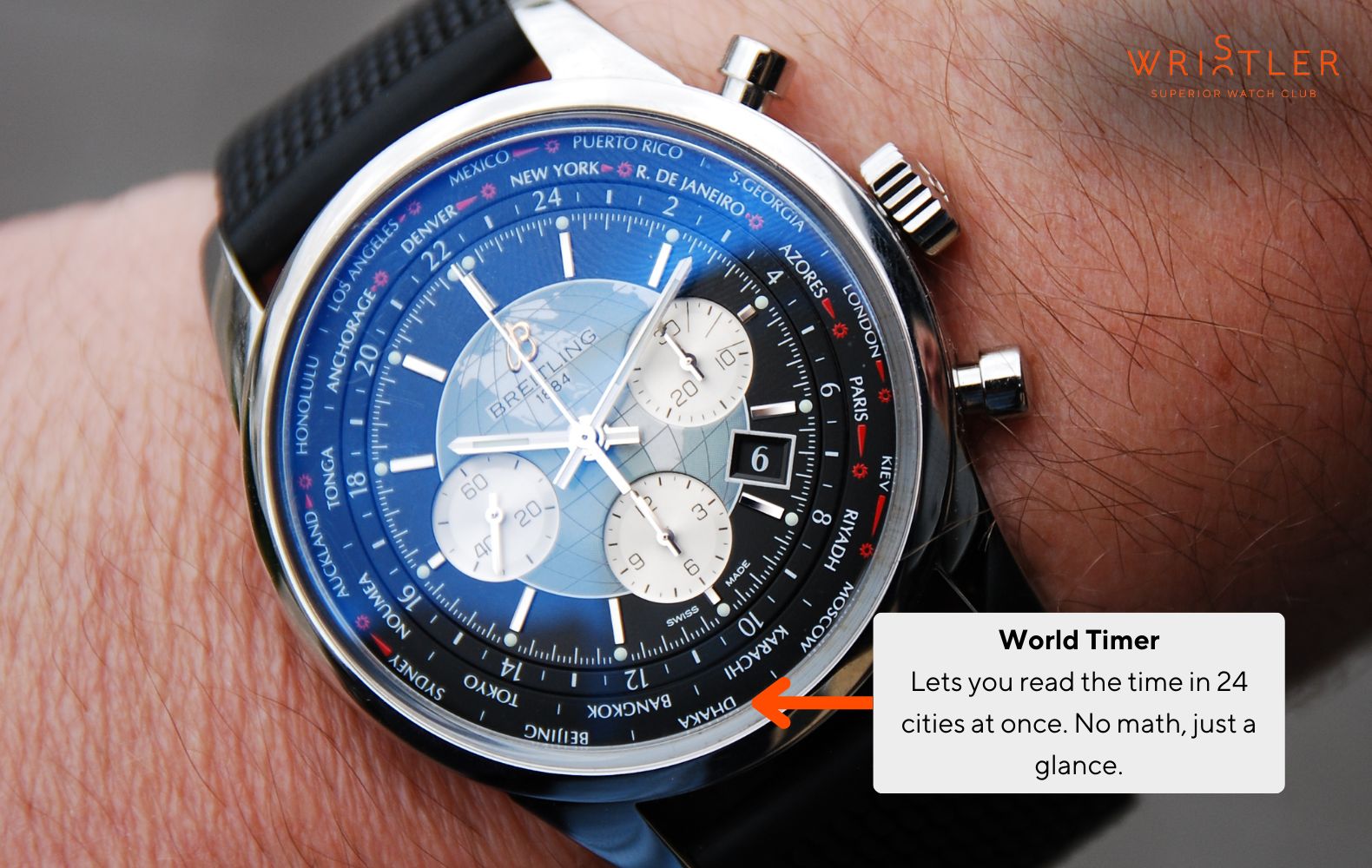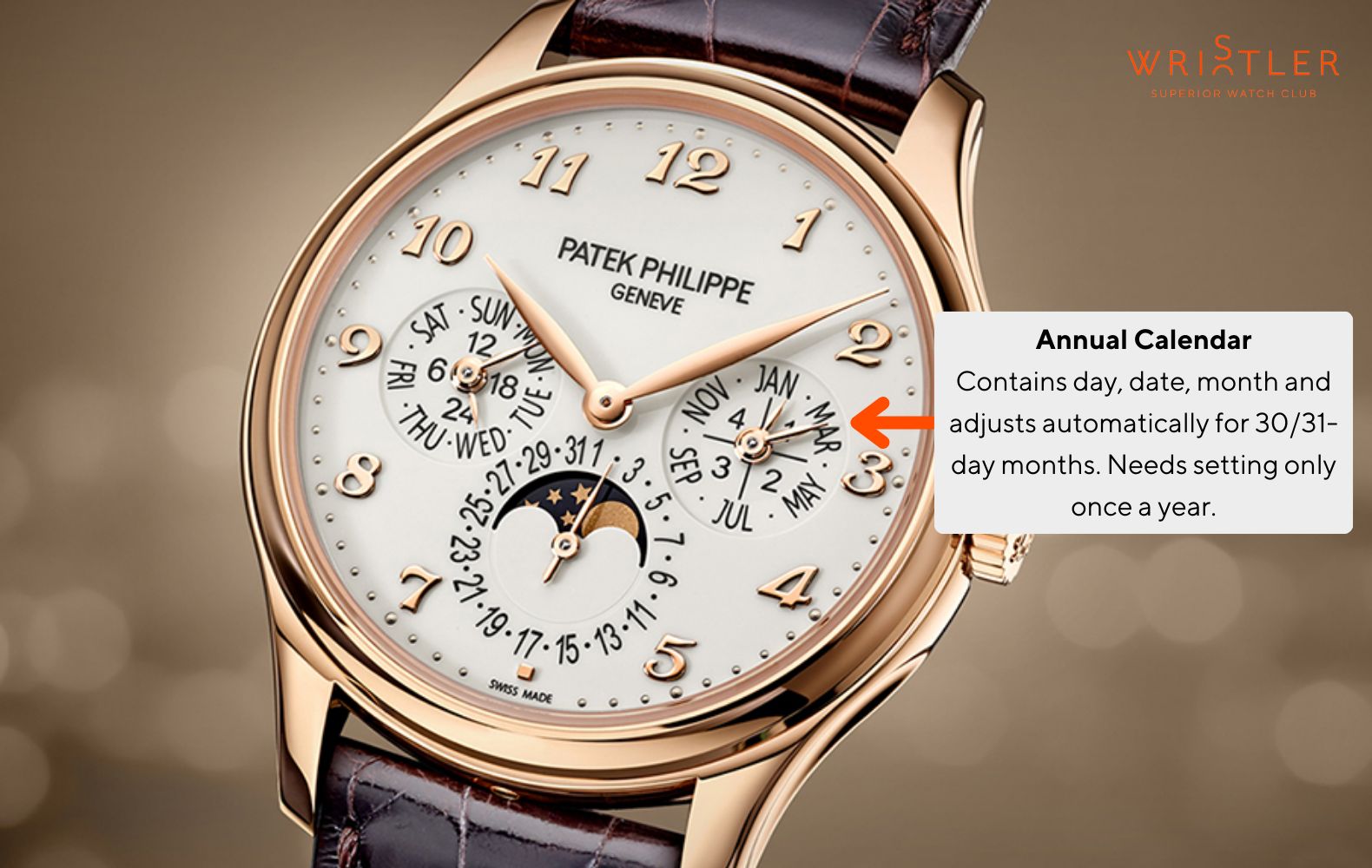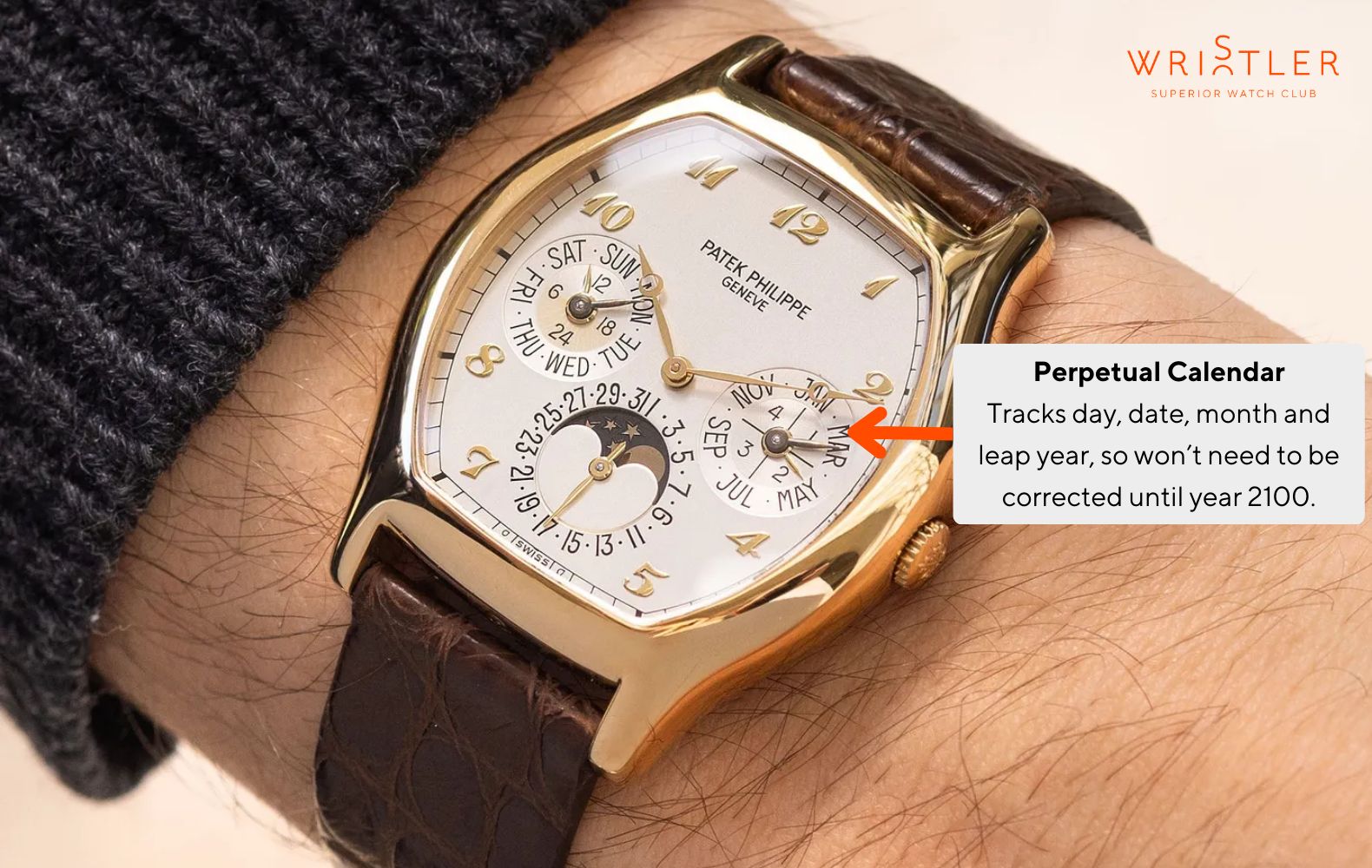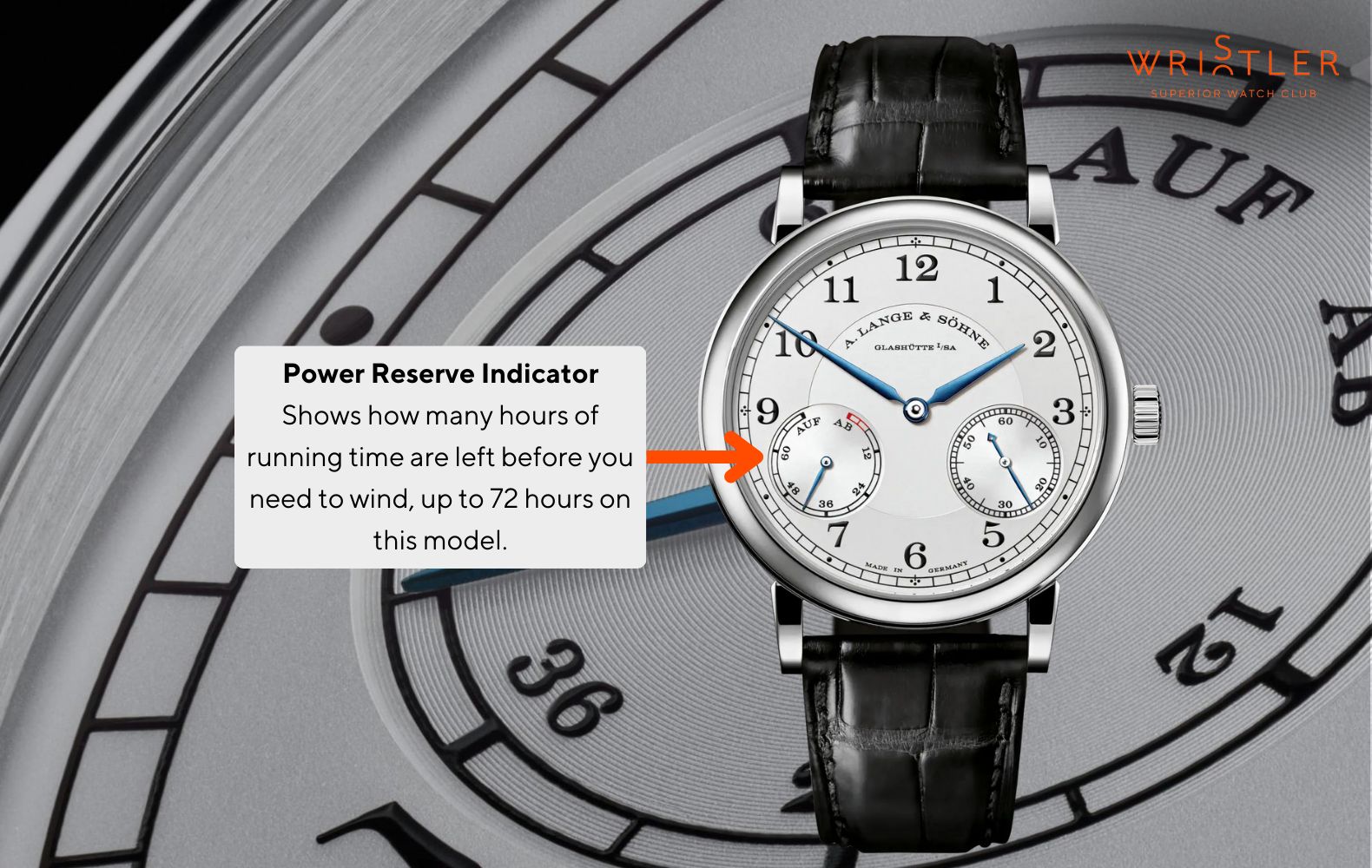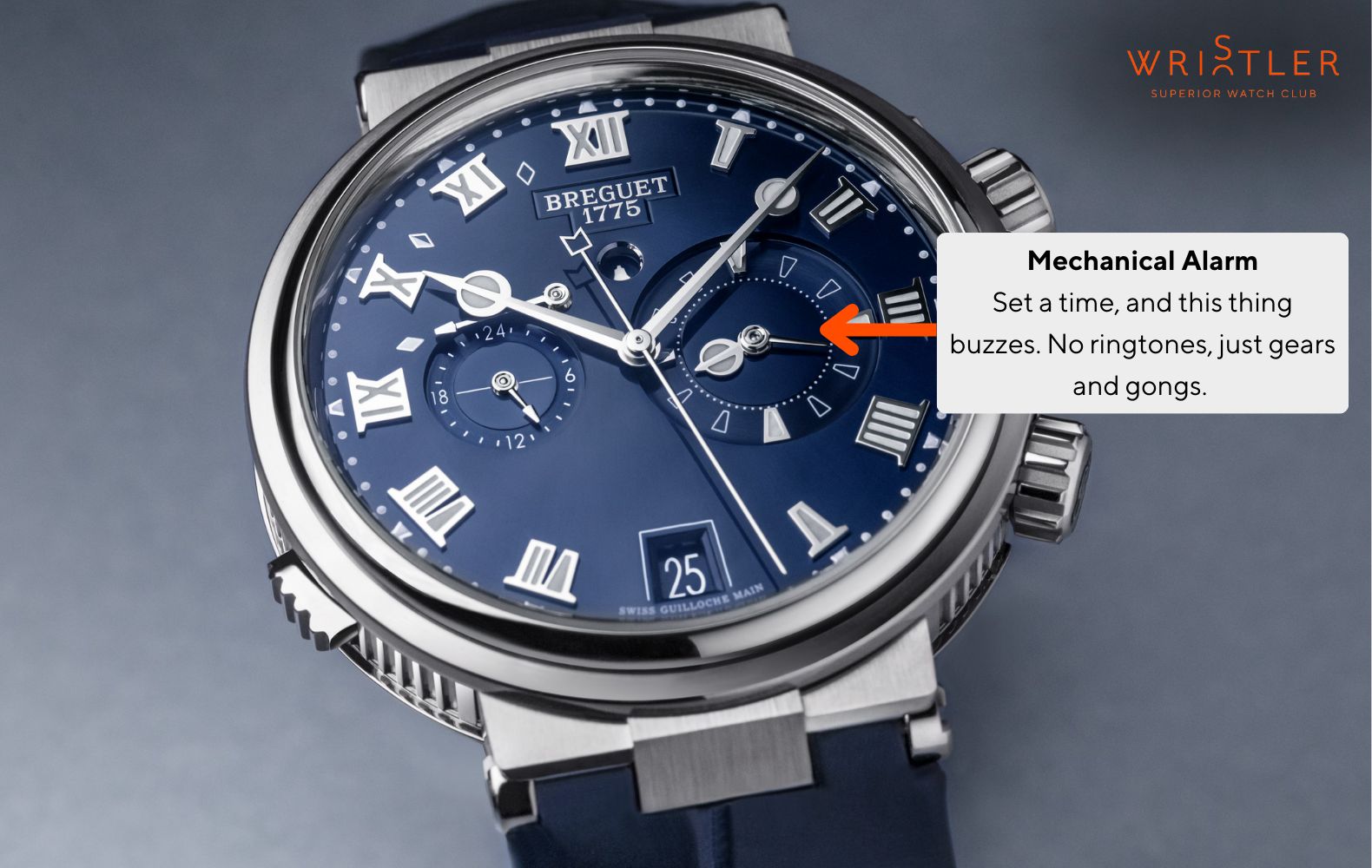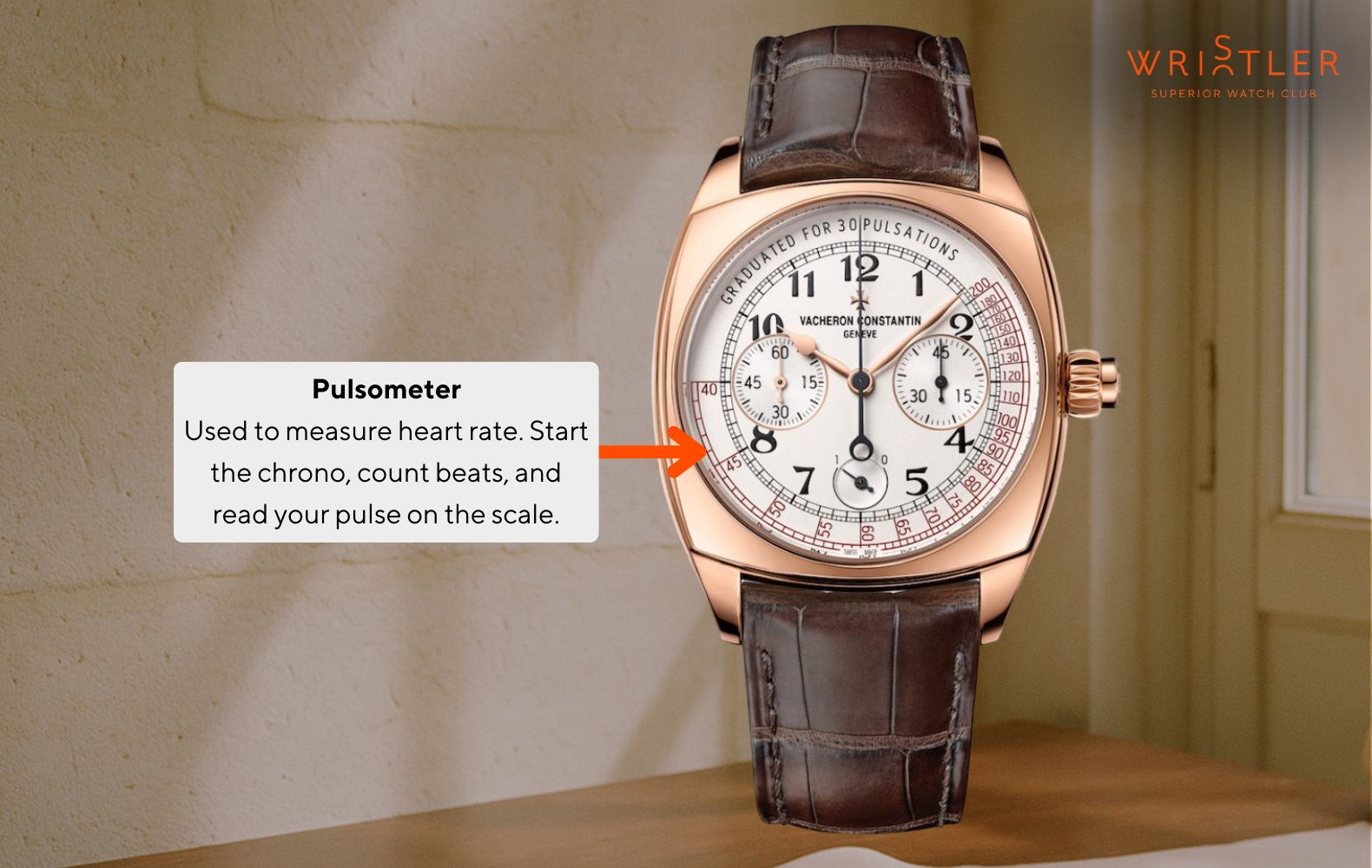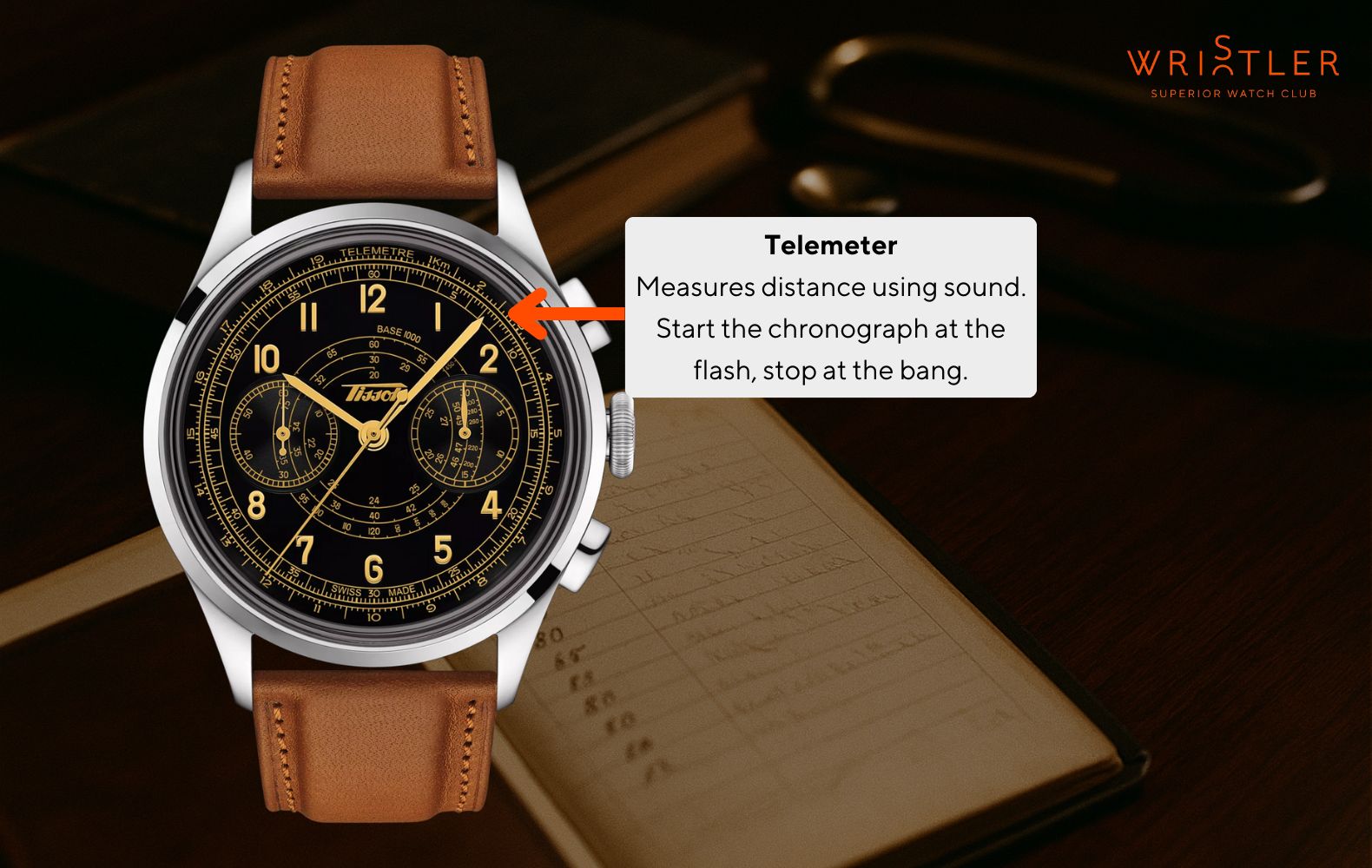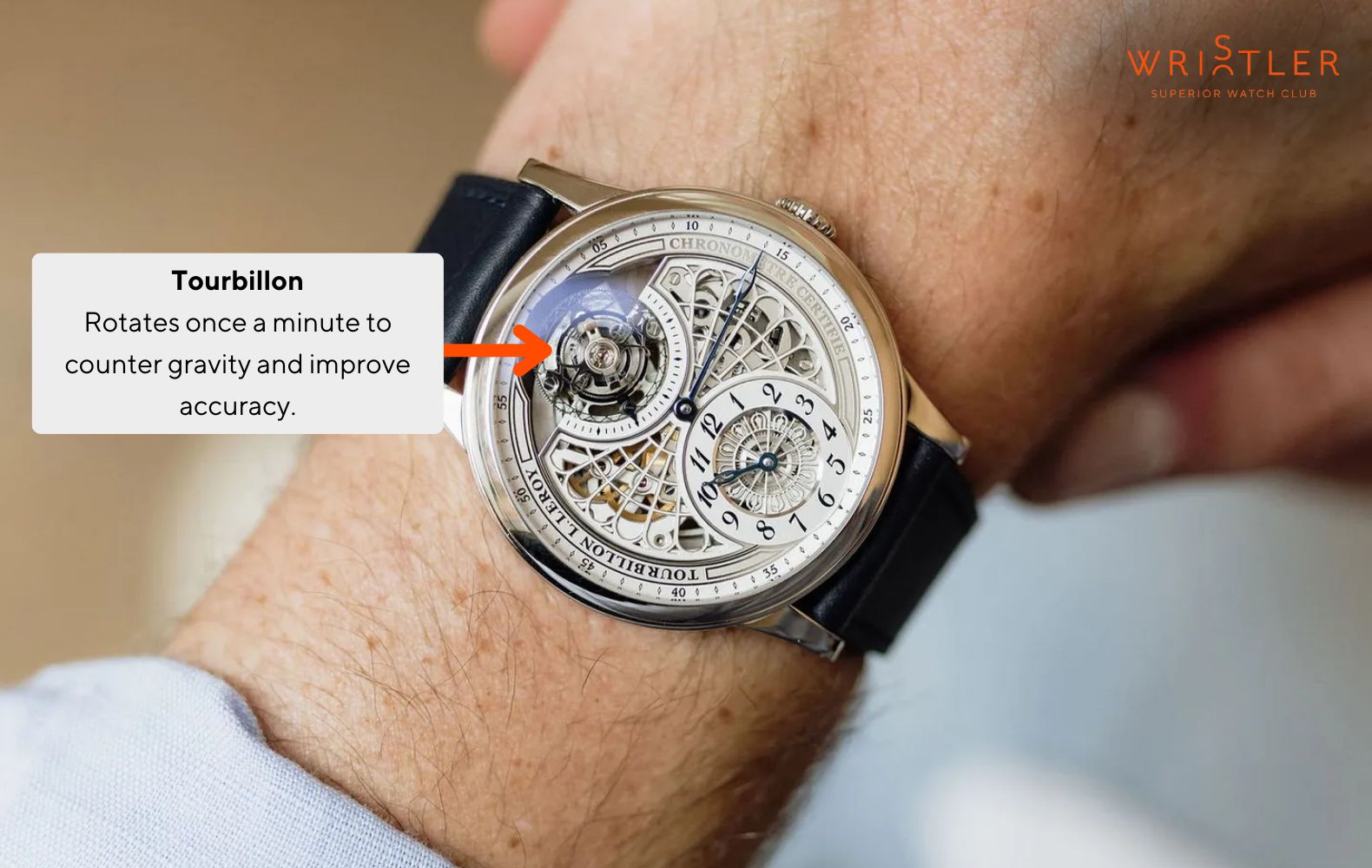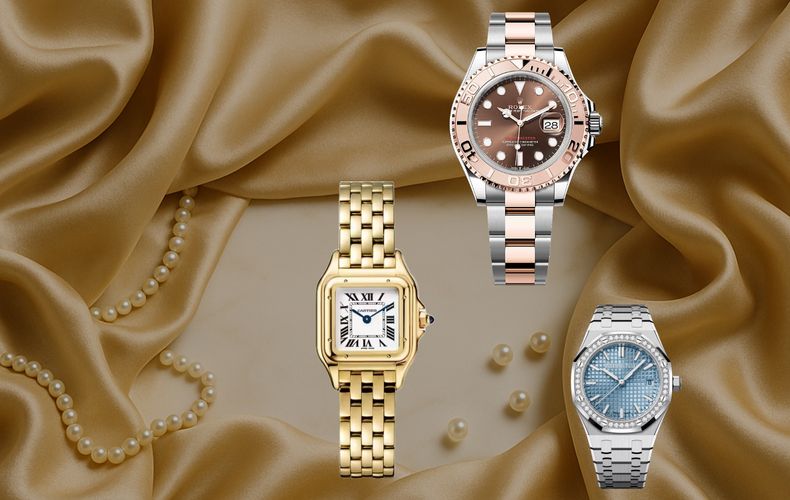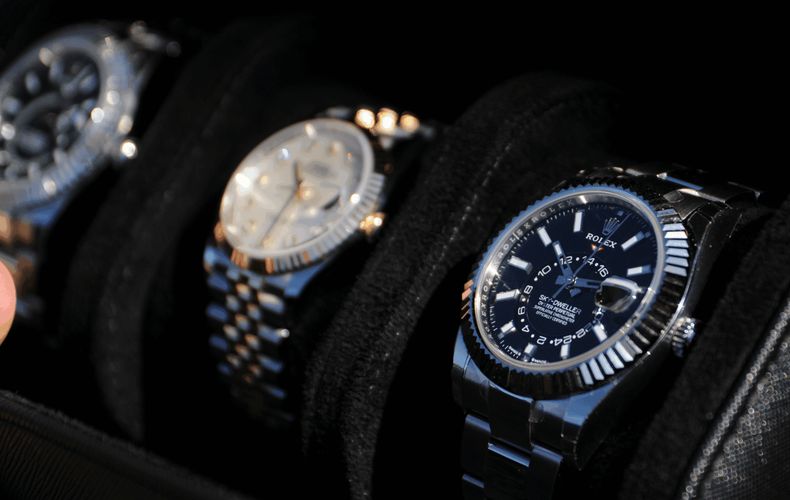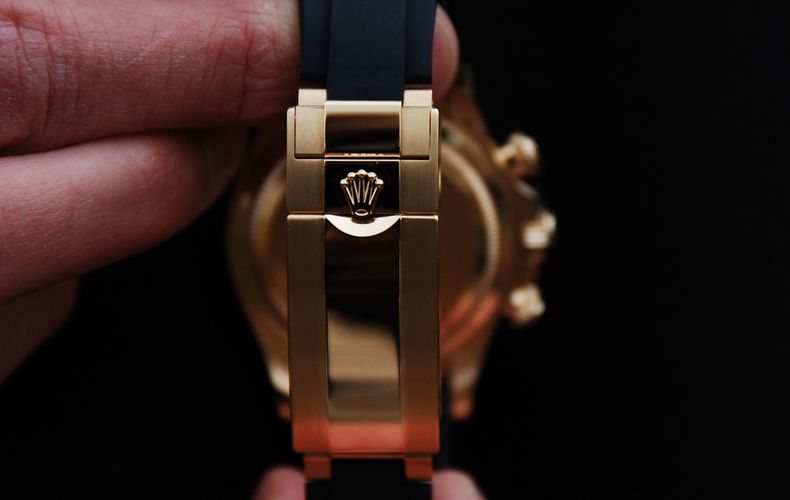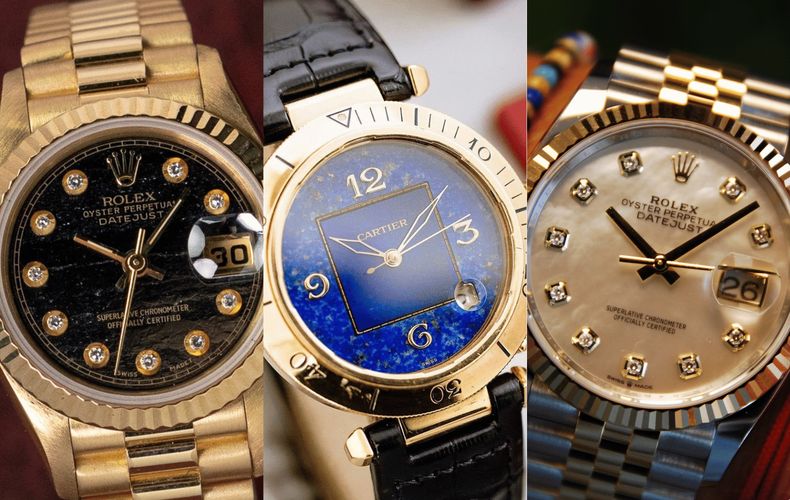When I first got into complications, it was the chronograph that pulled me in. There was just something satisfying about the look and that click when you start the stopwatch, like you’re in control of time, even if it’s just for a few seconds. Later on, the moonphase stole my heart. Totally impractical, but it’s so beautifully done on some pieces that it makes you stop and appreciate it every time you check the time.
Some complications are useful, like a GMT if you travel a lot. Others are completely unnecessary in the best possible way. But they all tell a story. And in a world full of smartwatches and constant screens, there’s something special about a tiny machine on your wrist doing all this with no battery and no Wi-Fi, just gears, springs, and craftsmanship.
In this guide, we’ll walk you through the most popular watch complications, the ones collectors obsess over, the ones you’ll start noticing now that you're paying attention, and the ones we at Wristler see (and still get excited about) every day. Before we dive deeper, here’s a quick snapshot of the complications you’re most likely to come across:




